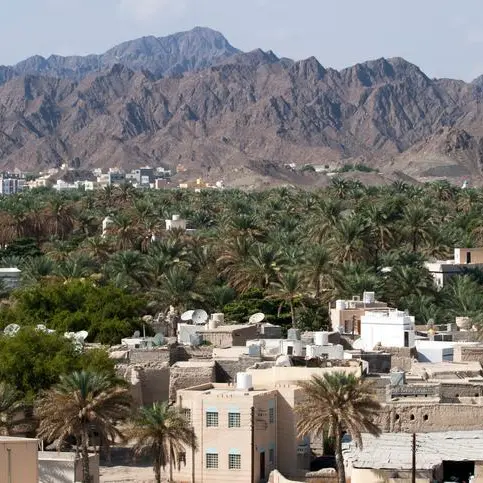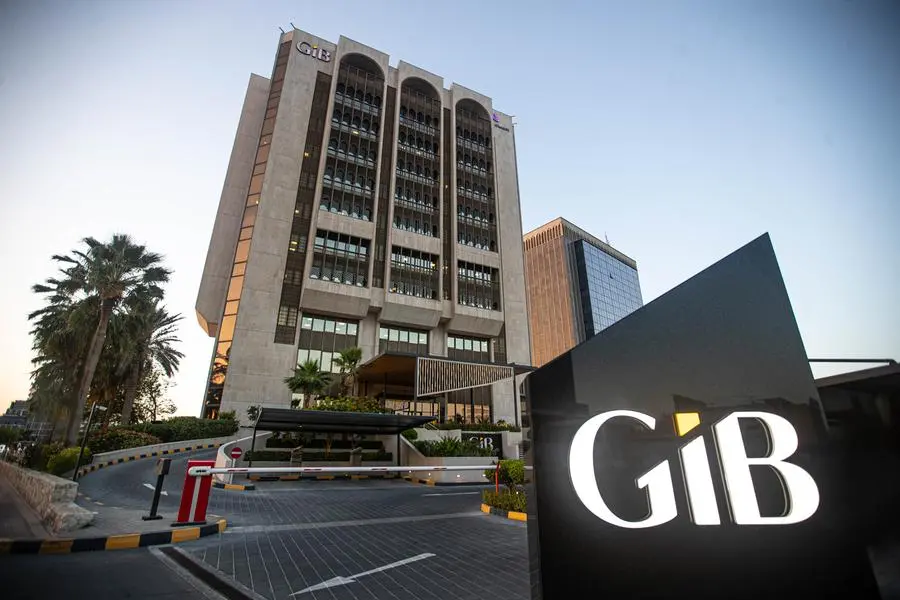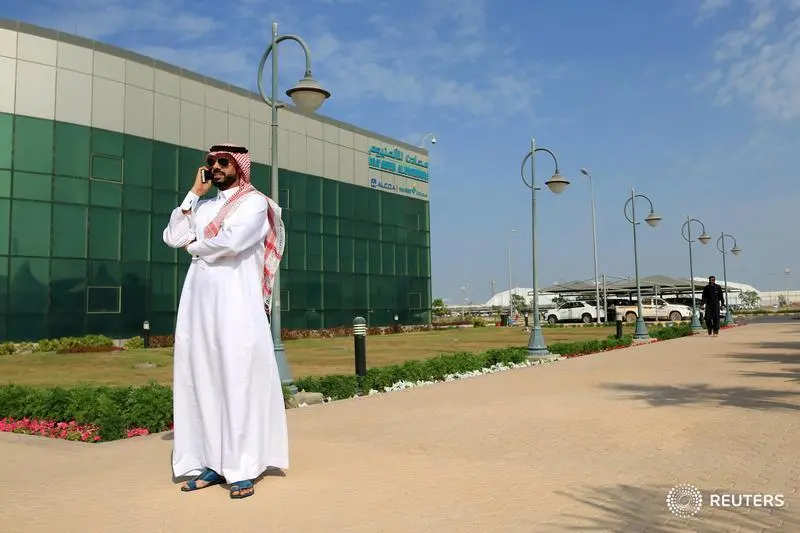PHOTO
With plans to borrow up to $20 billion during the current fiscal year, Kuwait could issue its first tranche of debt very soon—possibly even before the Eid al-Adha holidays— after the OPEC oil producer last week authorised its multi-billion sovereign wealth fund, and the central bank to borrow funds.
The Ministry of Finance has approved the Kuwait Investment Authority (KIA) to borrow in major foreign currencies on global markets, while the Central Bank of Kuwait (CBK) has been authorised to raise debt in domestic markets.
“All the signs are that the first issuance will come soon, maybe even before Eid al-Adha,” Justin Alexander, Director, Khalij Economics, told Zawya.
He noted that the issuance could proceed despite less-than-ideal market conditions, including rising US Treasury yields driven by tariffs, a Moody’s downgrade, and fiscal concerns surrounding US President Donald Trump’s “Big Beautiful Bill.”
“However, it's not clear that things will get better as the year progresses, so I expect there will be a sizable debut issuance, maybe around the $5 billion range, but it could easily be double that--Saudi Arabia and Qatar have made $10 billion-plus issuances in the past,” Alexander added.
The green light for the KIA and CBK follows Finance Ministry Undersecretary Faisal Al-Muzaini’s announcement last week that Kuwait plans to borrow between 3 and 6 billion dinars (approximately $10–20 billion) from international and local markets during the 2025/2026 fiscal year.
Public debt
In March, Kuwait issued a public debt decree, allowing the government to issue financial instruments with maturities of up to 50 years and setting a debt ceiling of KWD 30 billion ($98 billion) in major convertible foreign currencies. According to Fitch Ratings, this represents around 62% of the country’s GDP.
S&P Ratings projects that gross general government debt will rise to about 17% of GDP by 2028, up from 3% in 2024.
Kuwait, which holds around 7% of the world’s hydrocarbon reserves, relies on oil revenues for up to 87% of its income. OPEC+ production cuts have reduced Kuwait’s oil exports and, consequently, its revenue. A think tank has suggested that Kuwait may need an average oil price of $100 per barrel to finance its growing budget deficit in the coming years.
Junaid Ansari, Director of Investment Strategy and Research at Kuwait-based Kamco Invest, believes the borrowing plan is not a direct response to falling oil prices but part of a broader long-term strategy.
“The strategy is aimed at having a presence in the debt market, develop a sovereign yield curve and provide a basis for firms in the country to raise funds. We believe that all governments in the GCC are aiming to delink debt issuances with the changes in oil prices to have a much more stable, sustainable and long-term fiscal strategy. It would also be positive for the sovereign rating as it removes ambiguity with respect to government’s funding plans,” he said.
Alexander noted that Kuwait could have continued using fiscal maneuvers to tap the Reserve Fund for Future Generations managed by the KIA by selling assets to it. “But it’s much cleaner to use debt financing, especially since borrowing costs are likely lower than the KIA’s internal rate of return,” he said.
Kuwait’s last debt issuance was in 2017, just before the previous debt law expired. Efforts to pass a new law allowing a return to debt markets had been stalled for years due to political gridlock between parliament and the cabinet.
Despite Kuwait’s strong sovereign ratings (AA- by Fitch and A+ by S&P, both with stable outlooks) and low public debt levels, challenges remain. These include a lack of predictability and transparency, and weak implementation of fiscal reforms.
Investor interest is high
Still, Alexander said investor interest in Kuwait remains high.
“Although there are plenty of concerns about Kuwait, its very low debt stock and huge pool of foreign assets mean that investors are likely to be very comfortable holding Kuwaiti debt. The spreads will be tight, closer to Abu Dhabi than Saudi Arabia (which has the same average rating as Kuwait but a far weaker net asset position), but demand should be solid as a diversification play for those investing in regional debt.”
According to S&P Global, Kuwait’s debt stood at about 3% of GDP at the end of 2024, primarily comprising a $4.5 billion Eurobond maturing in 2027. Domestic debt is minimal, at around 0.1% of GDP.
(Reporting by Brinda Darasha; editing by Seban Scaria)




















